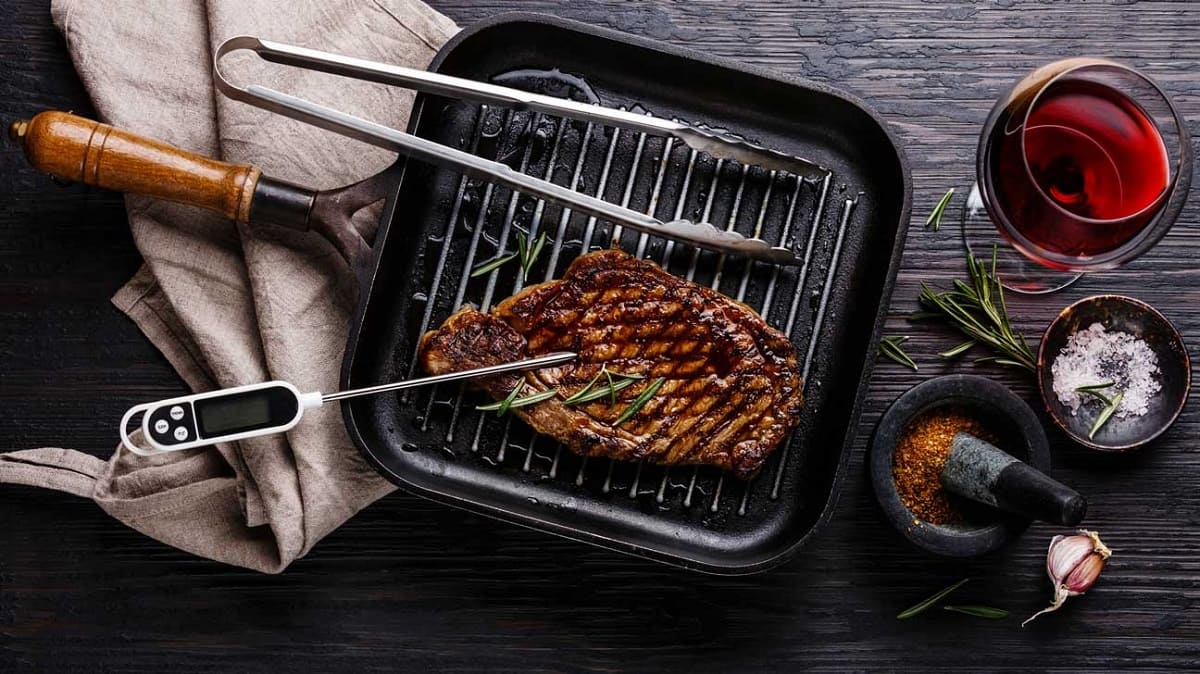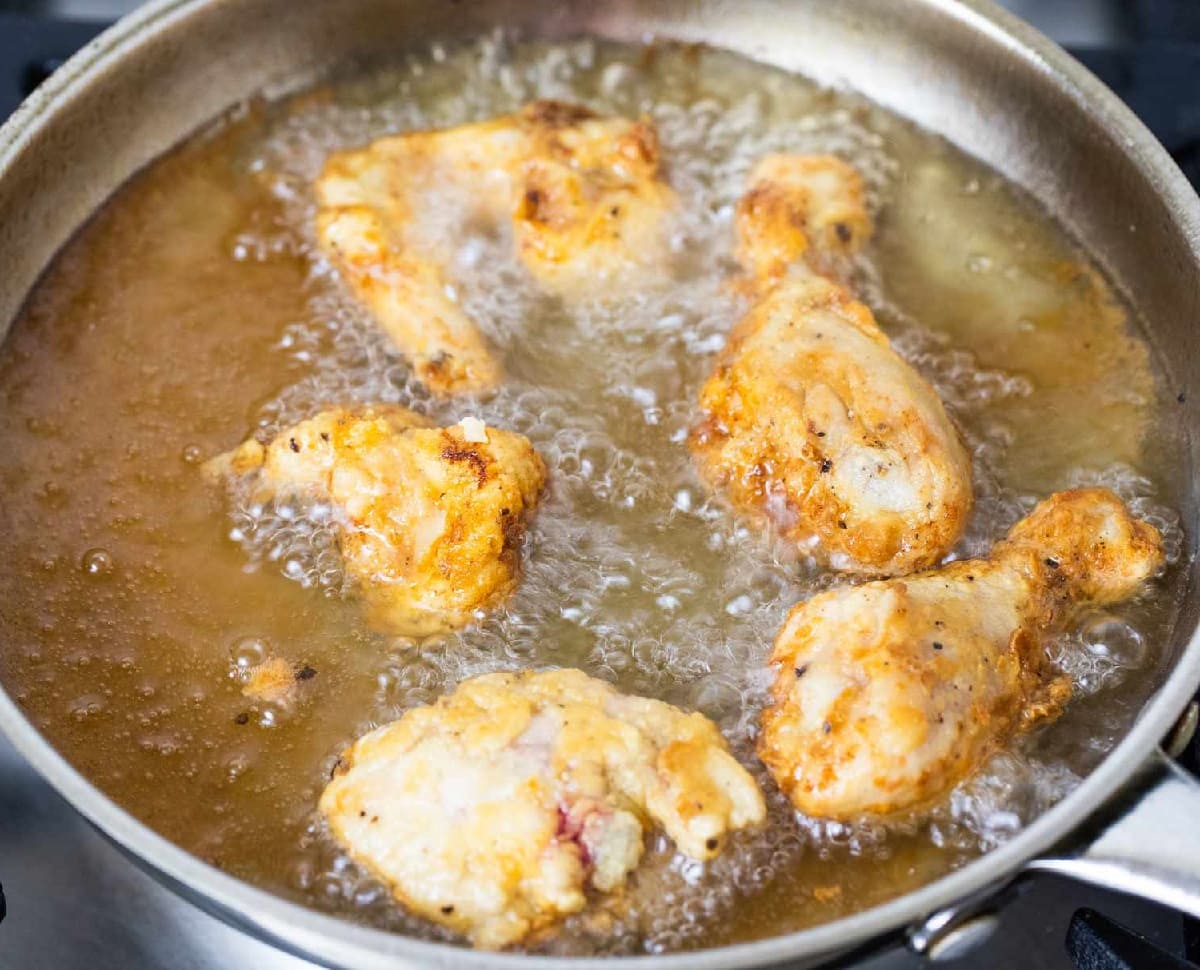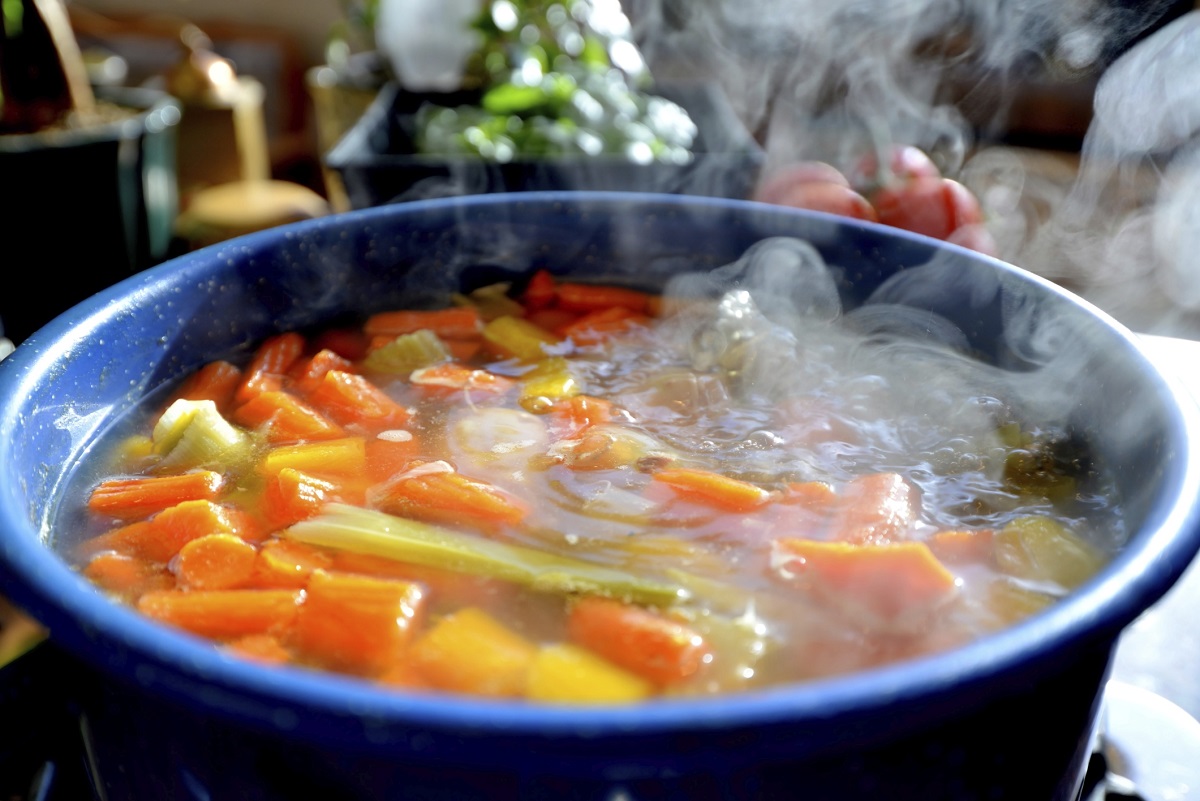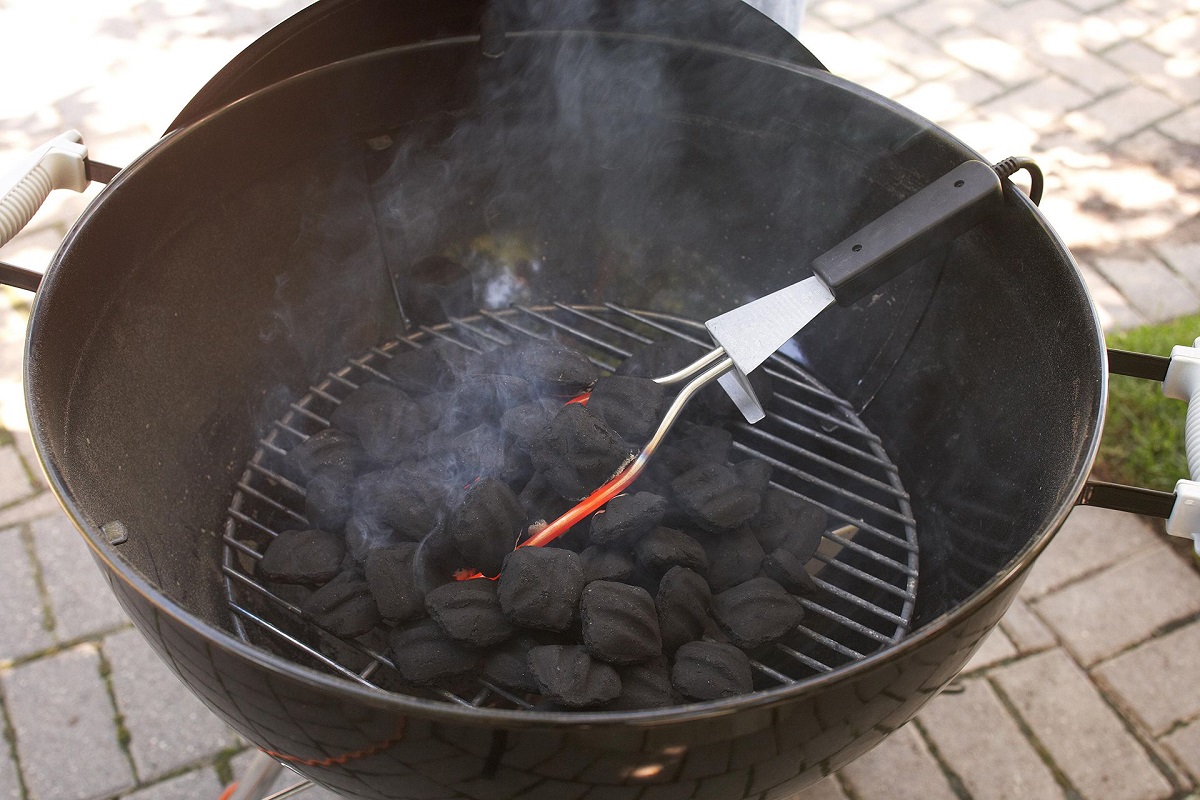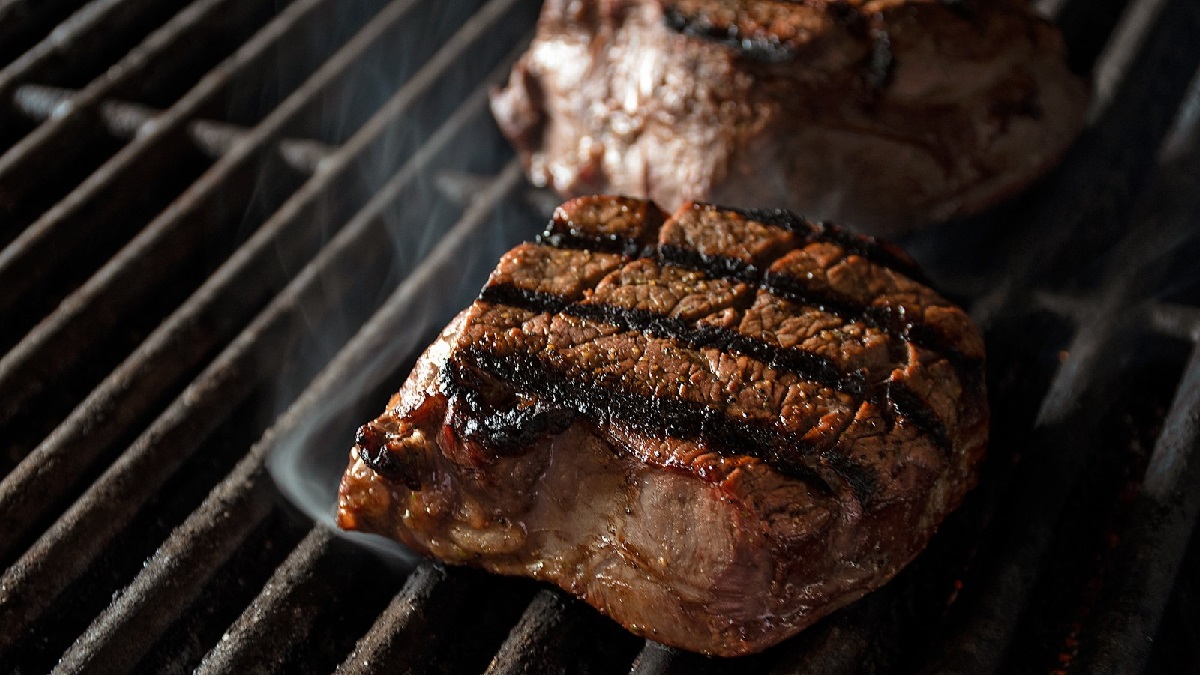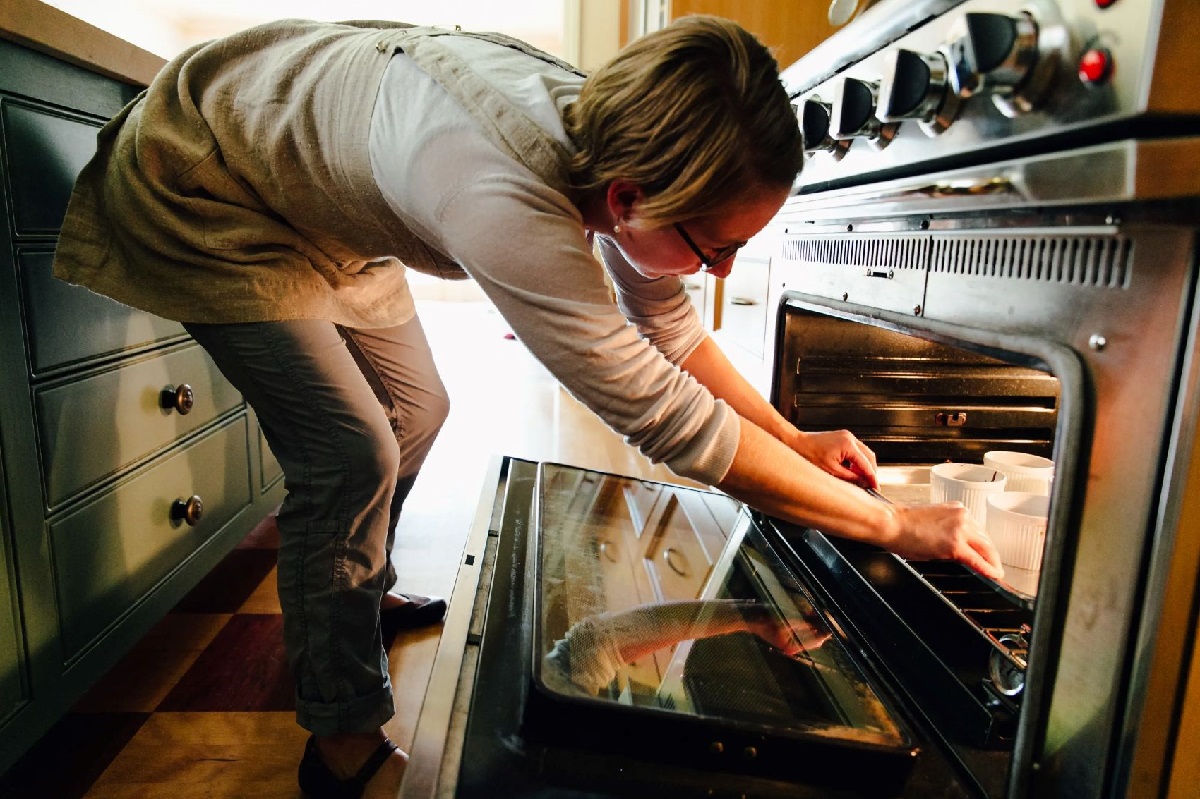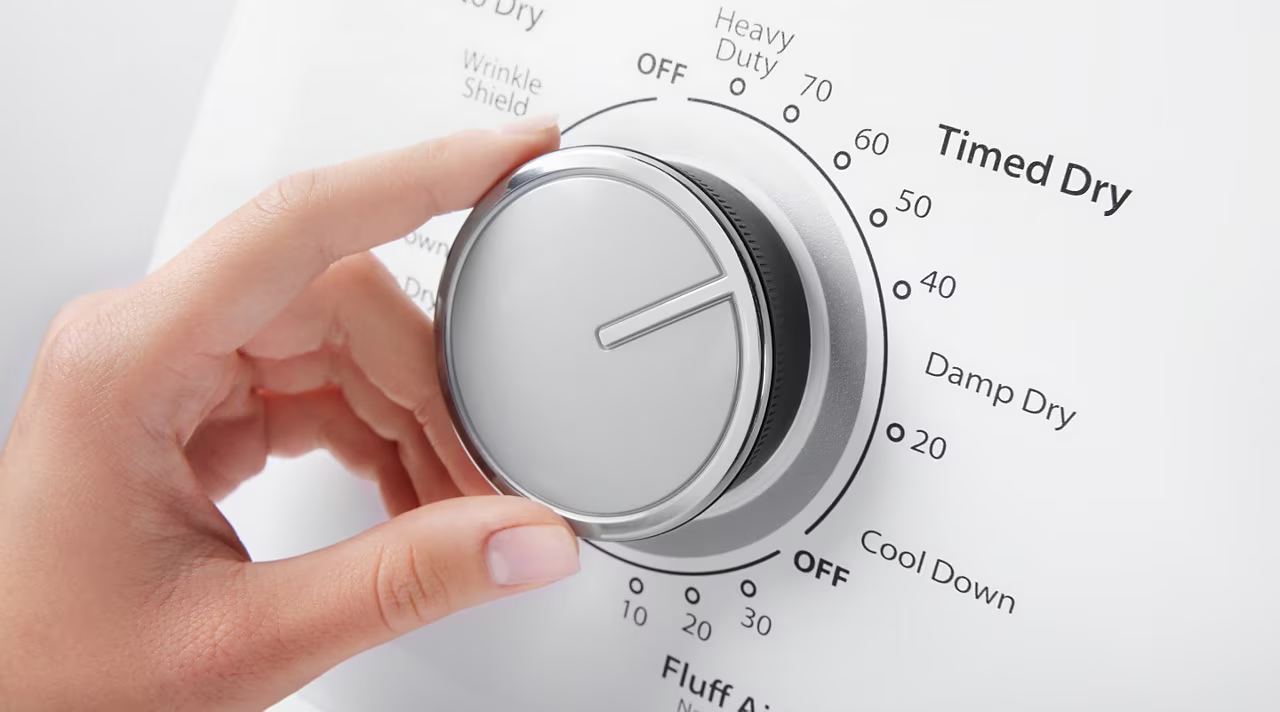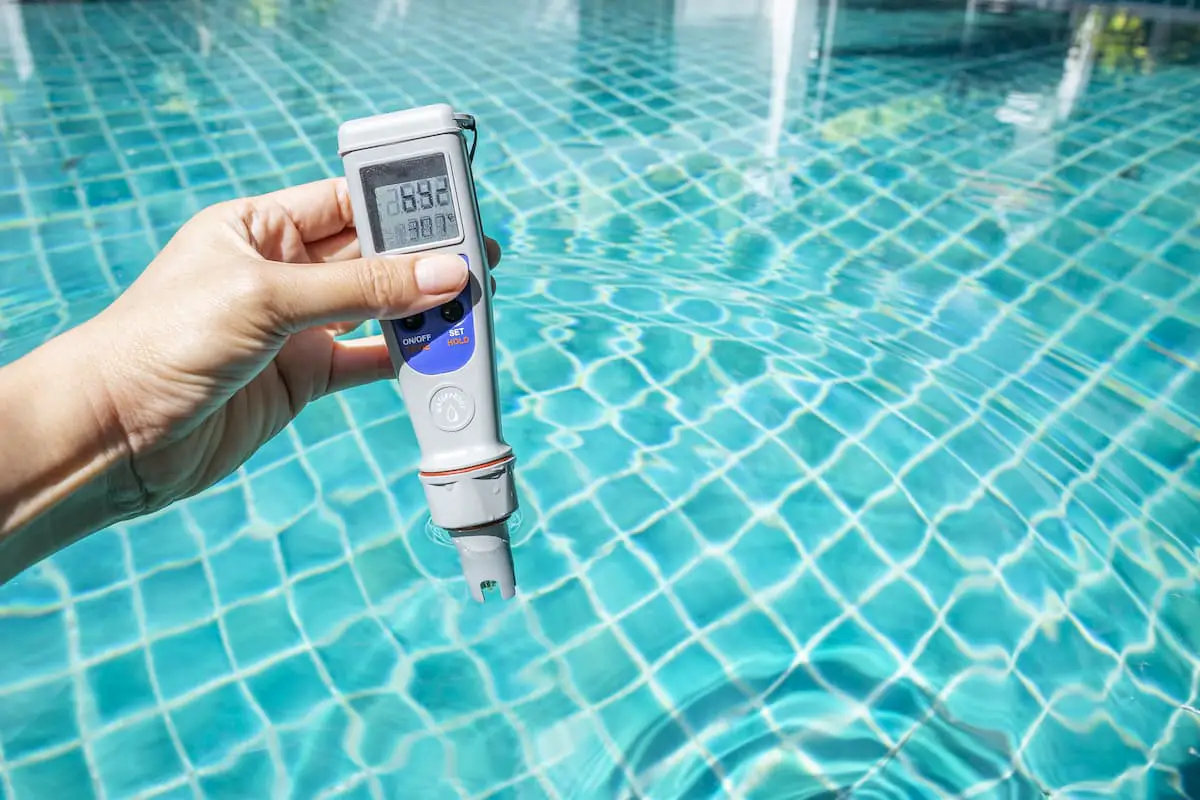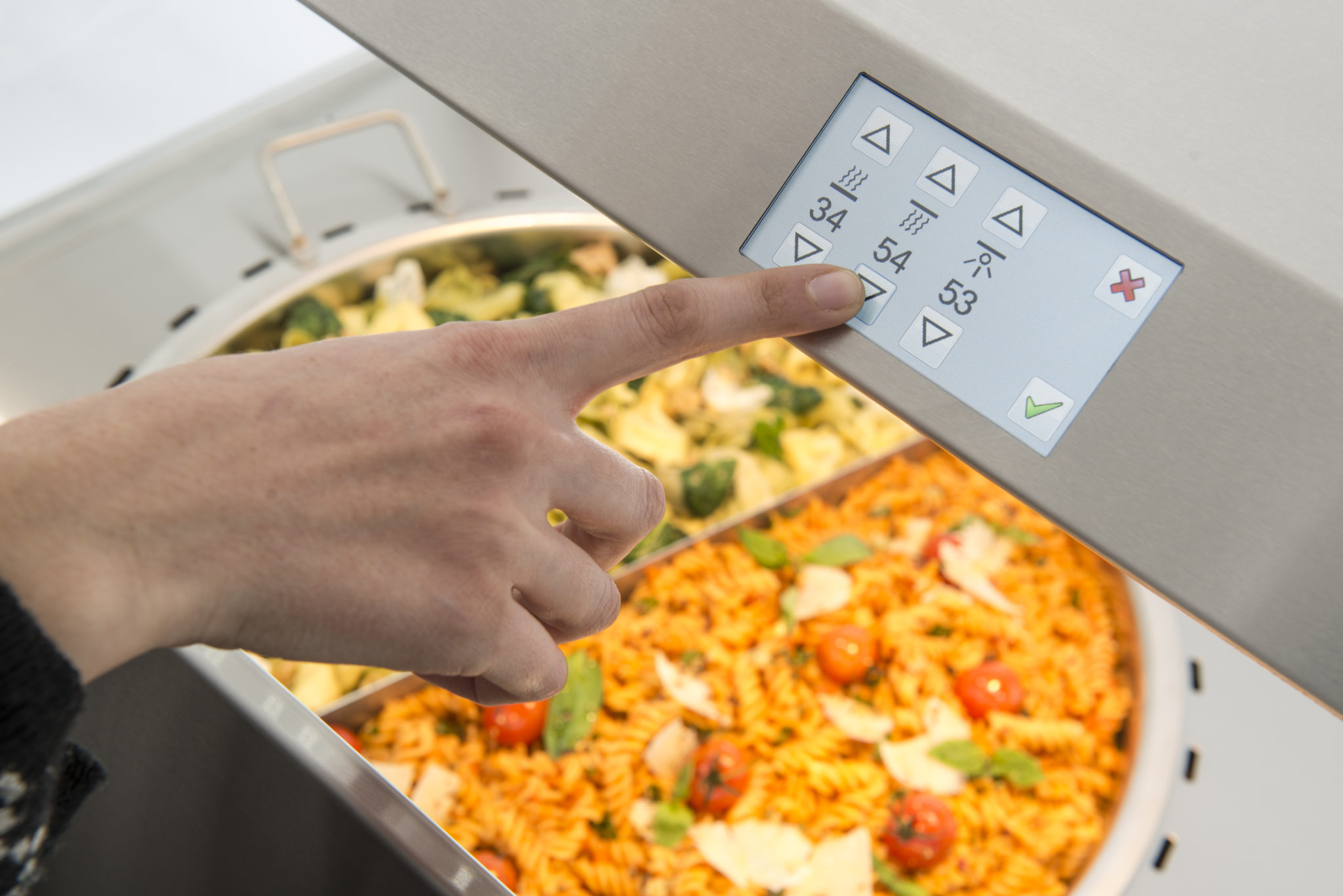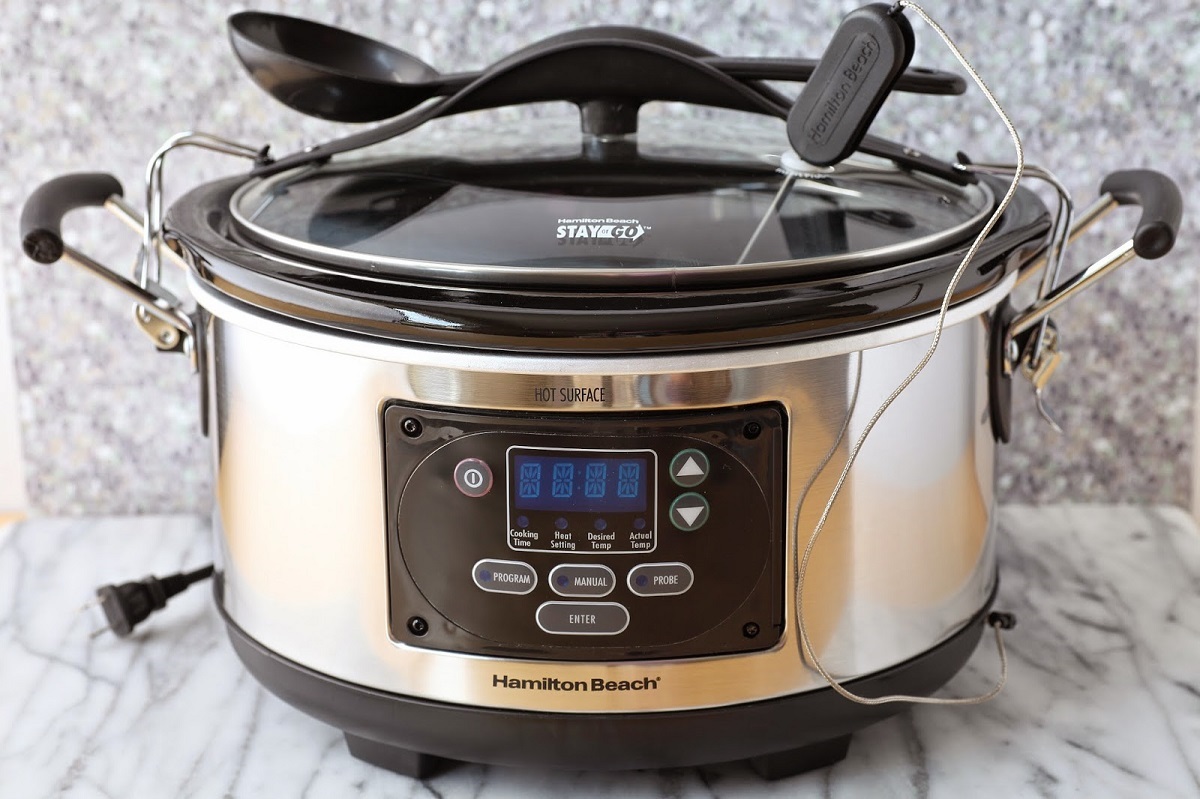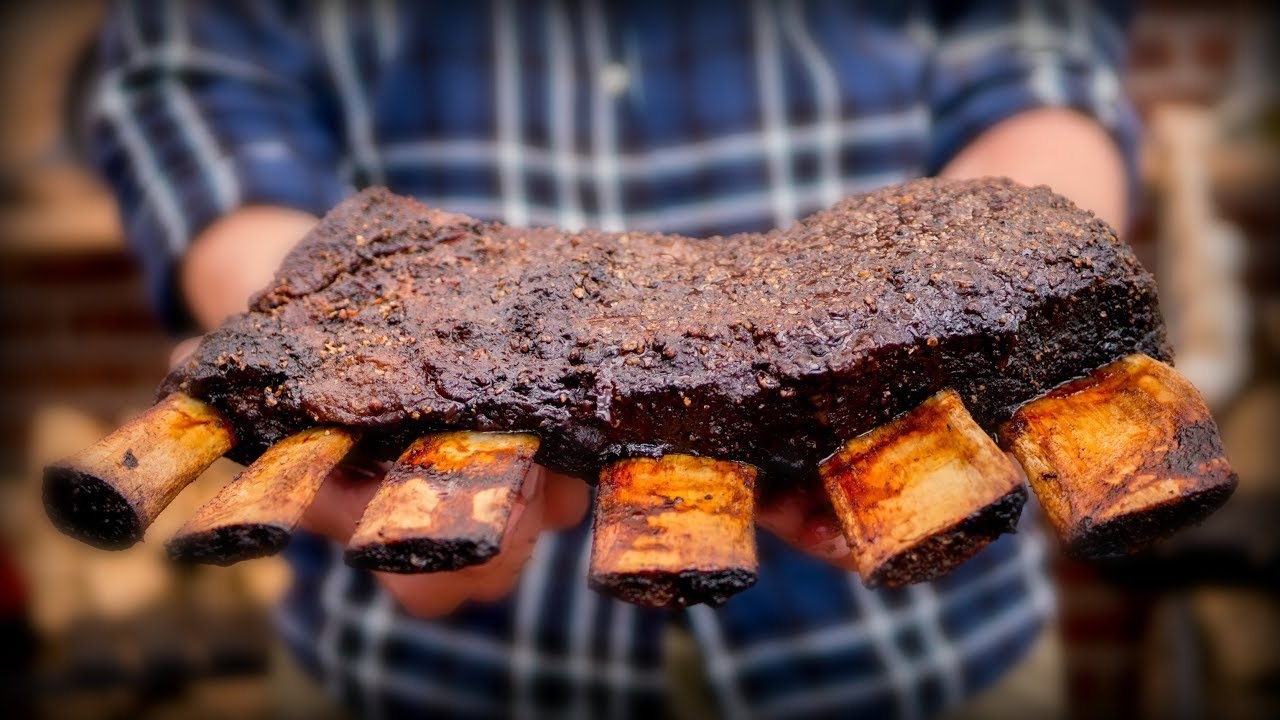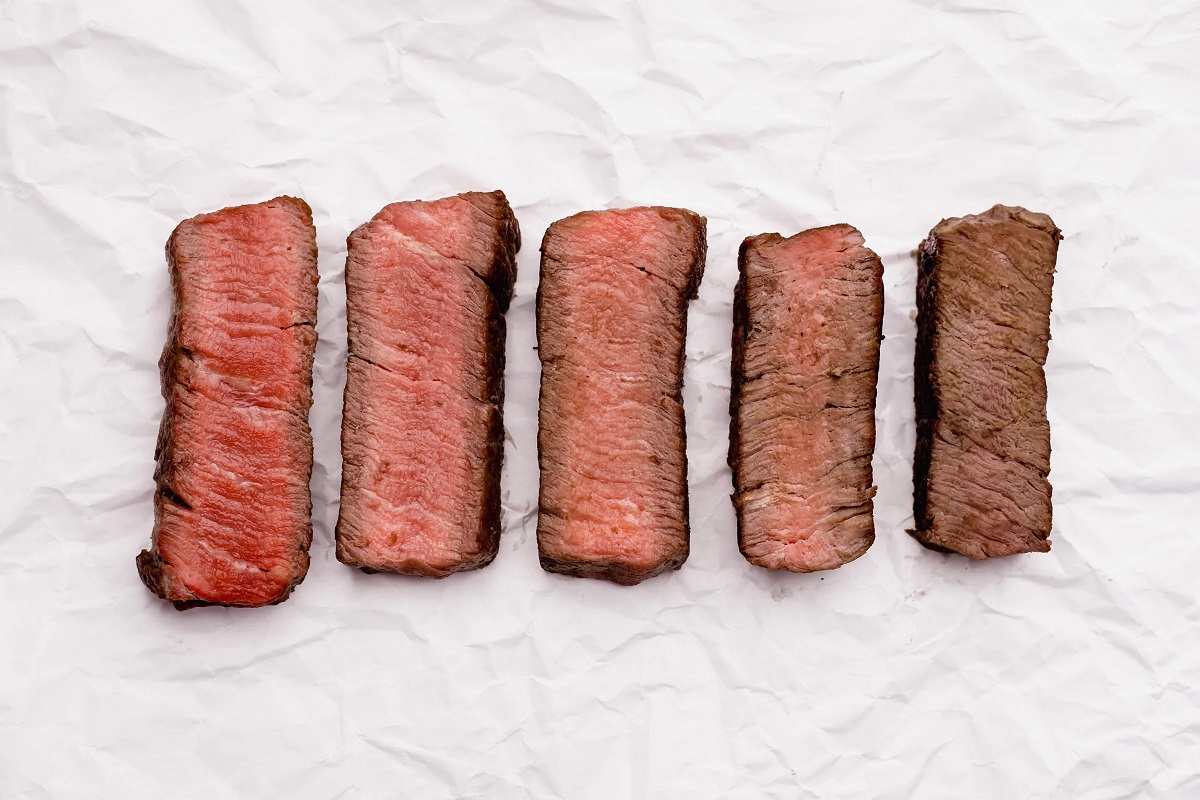Home>Home, Lifestyle & DIY>Optimal Temperature For A Hot Tub: A Guide To Setting The Perfect Heat
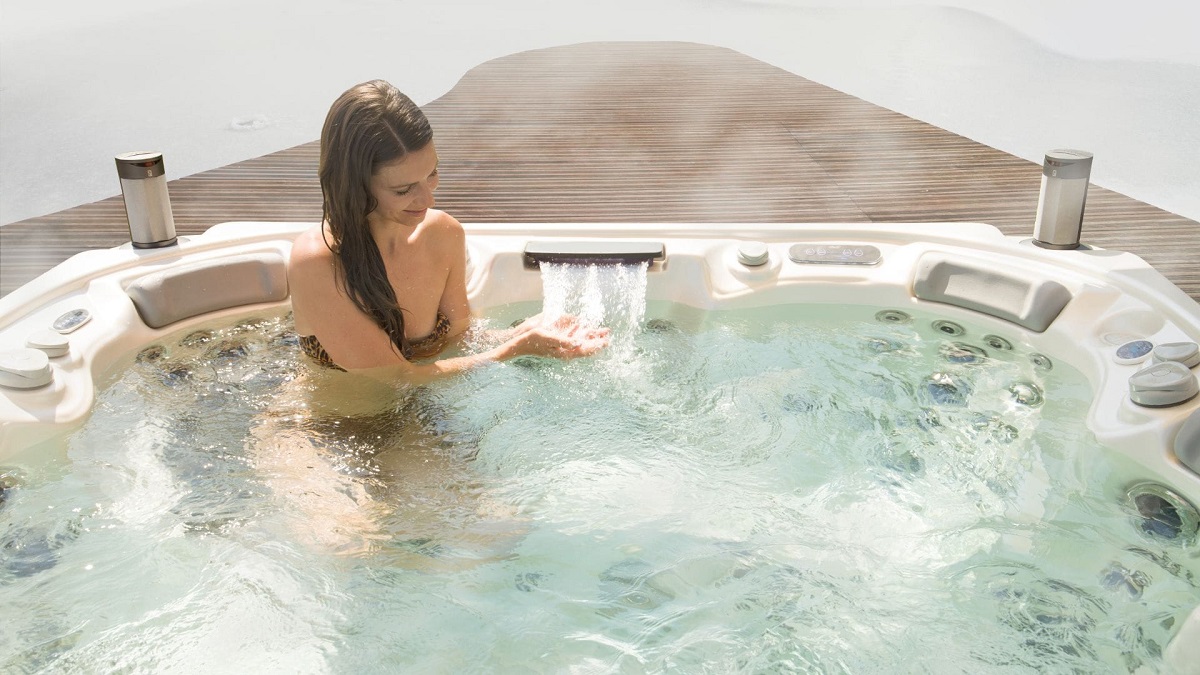

Home, Lifestyle & DIY
Optimal Temperature For A Hot Tub: A Guide To Setting The Perfect Heat
Published: February 22, 2024
Discover the ideal hot tub temperature for a relaxing soak at home. Find expert tips for setting the perfect heat in this comprehensive DIY guide. Elevate your home lifestyle with optimal hot tub temperatures.
(Many of the links in this article redirect to a specific reviewed product. Your purchase of these products through affiliate links helps to generate commission for Temperatures.com, at no extra cost. Learn more)
Table of Contents
Factors Affecting Hot Tub Temperature
The temperature of a hot tub is a crucial factor in determining the comfort and enjoyment of the soaking experience. Several key elements influence the ideal temperature for a hot tub, ensuring that it provides the perfect balance of relaxation and therapeutic benefits.
-
Seasonal Variations: The outdoor temperature plays a significant role in determining the ideal hot tub temperature. During the colder months, a higher temperature setting, typically between 102°F and 104°F (38.9°C and 40°C), is preferred to counteract the chilly outdoor air. In contrast, during warmer seasons, a slightly lower temperature, around 100°F (37.8°C), can provide a refreshing and comfortable soak.
-
User Preferences: Personal preferences also impact the optimal hot tub temperature. While some individuals enjoy a hotter soak to alleviate muscle tension and promote relaxation, others may prefer a milder temperature for a more refreshing experience. It's essential to consider the diverse preferences of hot tub users when setting the temperature.
-
Health Considerations: Health conditions and individual health status can influence the recommended hot tub temperature. For instance, individuals with certain medical conditions, such as cardiovascular issues, should consult with a healthcare professional to determine the safe and suitable temperature for hot tub use. Additionally, pregnant women are advised to avoid prolonged exposure to high temperatures, making it crucial to adjust the hot tub temperature accordingly.
-
Energy Efficiency: The energy efficiency of the hot tub is another factor to consider. Maintaining the water at a lower temperature when the hot tub is not in use can help conserve energy and reduce operational costs. Many hot tubs are equipped with energy-saving features, allowing users to program temperature settings based on their usage patterns and preferences.
-
Climate and Location: The geographical location and climate conditions also impact the hot tub temperature. In colder regions, a higher temperature setting may be necessary to counteract the frigid outdoor environment, while in warmer climates, a slightly lower temperature can provide a comfortable and enjoyable soaking experience.
Understanding these factors is essential for achieving the optimal hot tub temperature, ensuring that users can customize their soaking experience based on their preferences, health considerations, and environmental conditions. By taking these elements into account, individuals can maximize the benefits of their hot tub while promoting safety, comfort, and relaxation.
Read more: Optimal Temperature Settings For A Crock Pot
Recommended Temperature Range for Hot Tubs
When it comes to setting the perfect heat for your hot tub, finding the recommended temperature range is essential for ensuring a relaxing and enjoyable soaking experience. The ideal temperature for a hot tub typically falls within the range of 100°F to 104°F (37.8°C to 40°C). This temperature range is widely recognized for its ability to promote relaxation, relieve muscle tension, and enhance overall well-being.
-
Standard Temperature Setting: The standard temperature setting for most hot tubs is around 102°F (38.9°C). This temperature strikes a balance between providing therapeutic benefits and ensuring comfort during extended soaking sessions. It allows individuals to experience the soothing effects of warm water without feeling overheated.
-
Lower Temperature Range: For those who prefer a milder soaking experience, setting the hot tub temperature between 100°F to 101°F (37.8°C to 38.3°C) can offer a refreshing and rejuvenating soak. This lower temperature range is particularly suitable for warmer climates or individuals who enjoy a more moderate heat level.
-
Higher Temperature Range: On the other hand, increasing the hot tub temperature to the upper limit of the recommended range, around 103°F to 104°F (39.4°C to 40°C), can provide enhanced therapeutic benefits. The higher heat can help alleviate muscle tension, promote circulation, and create a deeply relaxing experience, especially during colder seasons.
It's important to note that individual preferences, health considerations, and environmental factors should be taken into account when determining the optimal temperature within this range. Consulting with a healthcare professional, especially for individuals with specific health conditions, is crucial for establishing a safe and suitable temperature for hot tub use.
By adhering to the recommended temperature range and considering personal preferences and health considerations, individuals can create a customized soaking experience that caters to their relaxation and wellness needs. Whether aiming for a gentle and refreshing soak or seeking the therapeutic benefits of higher heat, the recommended temperature range serves as a valuable guideline for optimizing the hot tub experience.
Adjusting the Heat: Tips for Finding the Optimal Temperature
Finding the optimal temperature for your hot tub involves considering various factors to ensure a comfortable and enjoyable soaking experience. Whether you prefer a mild and refreshing soak or seek the therapeutic benefits of higher heat, here are some valuable tips for adjusting the heat and discovering the perfect temperature setting for your hot tub:
1. Gradual Adjustments:
When fine-tuning the hot tub temperature, it's advisable to make gradual adjustments to avoid sudden temperature shifts. Whether increasing or decreasing the heat, small incremental changes allow you to gauge the impact on your comfort level and ensure that the temperature aligns with your preferences.
2. Personal Comfort:
Prioritize your personal comfort when adjusting the hot tub temperature. Pay attention to how your body responds to the heat, and consider factors such as the ambient temperature, time of day, and your overall well-being. This awareness can help you determine the optimal temperature that promotes relaxation and rejuvenation.
3. Environmental Conditions:
Take into account the environmental conditions when setting the hot tub temperature. During colder weather, a higher temperature setting may be preferable to counteract the chilly outdoor air, while warmer seasons may call for a slightly lower temperature to provide a refreshing soak. Adapting the heat based on the climate ensures that your hot tub experience remains comfortable and enjoyable throughout the year.
4. User Preferences:
Consider the preferences of all hot tub users when adjusting the temperature. If multiple individuals will be using the hot tub, strive to find a temperature setting that accommodates everyone's comfort level. Open communication and flexibility regarding temperature preferences can enhance the overall enjoyment of the hot tub experience for all users.
5. Health and Safety:
Prioritize health and safety when determining the optimal hot tub temperature. Be mindful of any health conditions or contraindications that may impact the suitable temperature for hot tub use. Consult with a healthcare professional, especially if you have specific health concerns, to ensure that the chosen temperature aligns with your well-being and safety.
6. Experimentation and Observation:
Engage in experimentation and observation to find the ideal temperature that suits your preferences and promotes relaxation. Take note of how different temperature settings affect your comfort, muscle relaxation, and overall well-being. This hands-on approach allows you to fine-tune the heat based on your personal experiences and observations.
By incorporating these tips into your hot tub temperature adjustments, you can navigate the process with confidence and precision, ultimately discovering the optimal temperature that caters to your relaxation and wellness needs. Whether aiming for a gentle and refreshing soak or seeking the therapeutic benefits of higher heat, these guidelines empower you to customize your hot tub experience and maximize its rejuvenating effects.
Safety Precautions for Hot Tub Temperature
Ensuring the safety of hot tub users is paramount when it comes to managing the temperature of the water. By implementing essential safety precautions, individuals can enjoy their hot tub experience while minimizing potential risks associated with temperature-related factors. Here are crucial safety measures to consider:
1. Temperature Monitoring and Regulation
Maintaining a vigilant approach to temperature monitoring is essential for safeguarding the well-being of hot tub users. It is recommended to invest in a reliable and accurate thermometer to regularly assess the water temperature. Additionally, hot tub owners should familiarize themselves with the temperature regulation mechanisms of their specific hot tub model, ensuring that the temperature settings align with safety guidelines.
2. Safe Temperature Limits
Adhering to safe temperature limits is imperative to prevent overheating and minimize the risk of heat-related complications. The Consumer Product Safety Commission recommends a maximum hot tub temperature of 104°F (40°C) to ensure user safety. It is essential to avoid excessively high temperatures, especially for individuals with pre-existing health conditions, as prolonged exposure to extreme heat can lead to dehydration, dizziness, and even heat stroke.
3. Hydration and Time Limits
Encouraging adequate hydration and implementing time limits for hot tub sessions are fundamental safety precautions. Users should be reminded to stay well-hydrated by consuming water before, during, and after hot tub use. Additionally, establishing reasonable time limits for soaking sessions helps prevent prolonged exposure to high temperatures, reducing the risk of overheating and dehydration.
Read more: Optimal Freezer Temperature: How To Set And Maintain The Perfect Temperature For Your Freezer
4. Health Considerations
Individuals with specific health conditions, such as cardiovascular issues, diabetes, or pregnancy, should exercise caution when using a hot tub. Consulting with a healthcare professional to determine the safe and suitable temperature for hot tub use is crucial for individuals with underlying health concerns. Pregnant women, in particular, are advised to avoid prolonged exposure to high temperatures, emphasizing the importance of adjusting the hot tub temperature based on health considerations.
5. Supervision and Education
Promoting supervision and education regarding hot tub safety guidelines is essential, especially in settings where children or inexperienced users may access the hot tub. Providing clear instructions on safe temperature ranges, hydration practices, and time limits for hot tub use can enhance user awareness and contribute to a safer and more enjoyable soaking experience.
6. Emergency Preparedness
Being prepared for potential emergencies related to hot tub use is a critical safety measure. Individuals should familiarize themselves with the signs of heat-related illnesses, such as heat exhaustion and heat stroke, and understand the appropriate response protocols. Having emergency contact information readily available and knowing how to administer first aid in the event of a heat-related incident can mitigate risks and ensure a prompt and effective response.
By prioritizing these safety precautions, hot tub owners and users can create a secure and comfortable environment for enjoying the therapeutic benefits of hot tub relaxation. Implementing temperature monitoring, adhering to safe temperature limits, promoting hydration, considering health factors, and fostering awareness of hot tub safety guidelines collectively contribute to a safer and more enjoyable hot tub experience for all users.
Conclusion: Enjoying the Perfect Heat in Your Hot Tub
Discovering the optimal temperature for your hot tub is a personalized journey that encompasses various considerations, from individual preferences and health factors to environmental influences. By navigating the factors affecting hot tub temperature and adhering to the recommended temperature range, individuals can create a customized soaking experience that caters to their relaxation and wellness needs. Adjusting the heat with careful attention to gradual changes, personal comfort, environmental conditions, user preferences, and health and safety considerations empowers individuals to fine-tune the temperature to perfection.
Safety precautions play a pivotal role in ensuring that the hot tub experience remains secure and enjoyable for all users. By implementing essential measures such as temperature monitoring, adherence to safe temperature limits, promoting hydration, considering health factors, and fostering awareness of hot tub safety guidelines, individuals can create a secure and comfortable environment for enjoying the therapeutic benefits of hot tub relaxation.
Ultimately, the perfect heat in your hot tub is a harmonious blend of comfort, relaxation, and well-being. Whether you prefer a gentle and refreshing soak or seek the therapeutic benefits of higher heat, the journey toward finding the optimal temperature is a testament to the personalized nature of the hot tub experience. By embracing the interplay of individual preferences, health considerations, and environmental factors, individuals can unlock the full potential of their hot tub, creating a sanctuary of warmth and rejuvenation.
As you embark on your hot tub journey, remember that the perfect heat is not merely a temperature setting but a reflection of your unique preferences and well-being. By embracing the art of temperature adjustment and prioritizing safety, you can bask in the soothing warmth of your hot tub, knowing that you have tailored the experience to align with your individual needs. Whether it's a tranquil evening soak or a revitalizing escape, the perfect heat in your hot tub awaits, ready to envelop you in a cocoon of relaxation and bliss.
